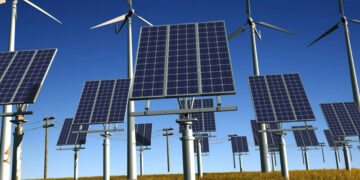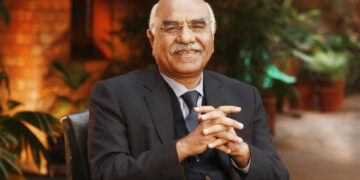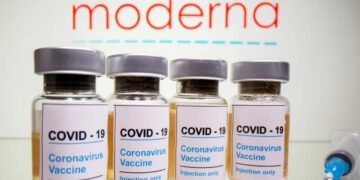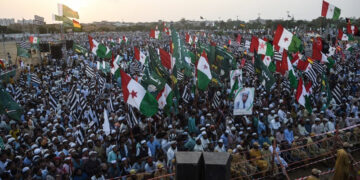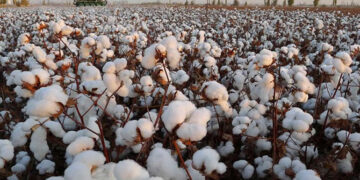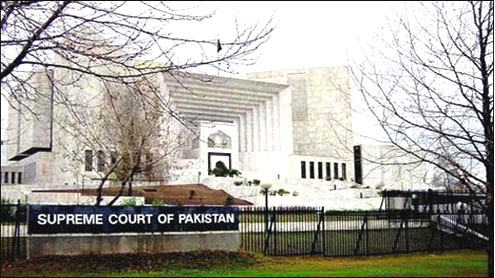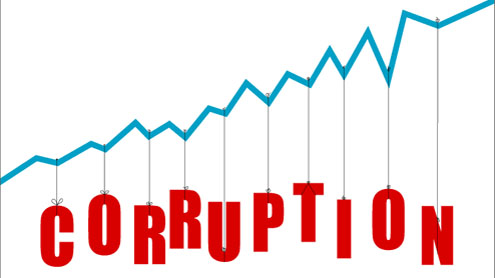
Corruption and poverty go hand in hand with corruption leading to unequal distribution of wealth, which ultimately leads to poverty.
Pakistan is moving fast in the wrong direction with higher rankings in poverty and corruption as well.Poverty is one of the terms which can be described in variable ways and according to the accepted principles of economics, is a very relative term. It hugely depends upon the macroeconomic indicators of the country and hence every country has its own standards to measure poverty.
Generally speaking, poverty is measured in terms of per capita income of a household. In Pakistan, it has always been remained difficult to quantify poverty with inaccurate population census and inefficient methodology used by the government. As per the Human Development Index, around 60% of Pakistan’s population live under $2 a day and around 22% live under $1 a day.
One of the biggest reasons for this high poverty rate is uneven distribution of wealth in the country with top 10% population earning 28% of the total income and bottom 10% earning 4% only.As far as the data for corruption is concerned, we have to rely on independent surveyors as government has no official mechanism in place to measure corruption in Pakistan. Corruption in Pakistan is widespread, particularly in the government sectors. The country has had a consistently poor ranking at the Transparency International’s Corruption Perceptions Index with scores of 2.5 in 2011, 2.3 in 2010, and 2.5 in 2009 out of 10. In 2011, Pakistan ranked 134 on the index with 42 countries ranking worse.
If we compare the above mentioned figures, it clearly shows that poverty and corruption have a very strong relation. Corruption has remained one of the hottest issues in the country during the last twenty years which witnessed accountability in the name of Ehtisab and NAB by different governments. It is a separate debate on how effective this accountability was, but it is very interesting to see that with the increase in corruption in the country, poverty has also increased.
It is a very hard choice to make between whether the poverty or corruption is the biggest enemy of Pakistan as corruption, especially in government organizations, leads to uneven distribution of wealth, which ultimately leads to poverty. It is unfortunate to see that wealth has remained in the hands of few families in Pakistan and generally the overall living standard of the rest of the population. Another dangerous trend is that gradually, the middle class is diminishing from Pakistan’s society, which ultimately will lead to higher rate of poverty. During the last fifteen years, governments in Pakistan have worked to eradicate corruption, however, in most cases, these efforts were directed more towards political victimization rather than accountability in true spirit.
In the near past, we have experienced Saif ur Rehman’s Ehtisab Commission and National Accountability Bureau during Musharraf era and the political victimization carried out by them during their respective tenures.This attitude does not show government’s seriousness towards eradicating poverty and corruption from the society. However, we still have time on our side and we can concentrate our efforts to do something for the betterment of the masses. It is in the hands of the government to make serious efforts in the right direction to end corruption, which would lead to equal distribution of wealth and ultimately reduction in poverty.
As far as the general public is concerned, it is always easy to point fingers towards government, accusing it of corruption and mal practices. What we do not understand is that if, instead of accusing others, we look at what we are doing in our lives. Corruption is down in our systems and every individual has to make an effort to move away from it and if every individual stop corrupt practices, I am sure, it would enable us to reduce poverty in a shorter period of time. – Waqas Iqbal
Writer is an entrepreneur & a teacher by profession.



